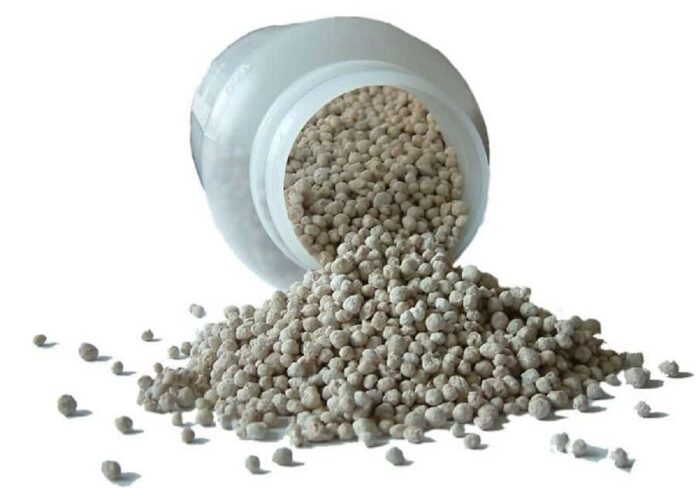- Advertisement -
What is synthetic or inorganic fertilizer?
Inorganic fertilizer is also known as mineral fertilizer. It is mined from mineral deposits or manufactured from synthetic compounds. Both organic fertilizer and inorganic fertilizer provide nutrients to help with plant growth and improve plant yield.
Read also: Types of Inorganic Fertilizers
What are the types of inorganic or synthetic fertilizers?
The types include; Nitrogen, Potassium and Phosphorus Fertilizers. They are complete, balanced, slow-release and specially formulated. (homeguides.sfgate.com)
The good side (advantages) of synthetic fertilizer
- You can use this type of fertilizer to revive dying plants immediately. Just because it releases nutrients easily into the soil and the plants absorb them.
- Another advantage is that it is easily available in almost all agro-input outlets. This makes it very convenient.
- Any more you can think of?
Read also: Why is Organic Fertilizer better?
The bad side (disadvantages) of synthetic fertilizer
- They cost much more than organic fertilizers.
- They contain essential plant nutrients and they also contain other compounds and salts. Plants are unable to absorb these compounds and salts. And so remain in the soil. As time goes by, these compounds build up in the soil and change the soil chemistry. This creates soil problems, making it less ideal to work with.
- Applying too much, in an instant, tends to burn the plant. It can even destroy it. You need to strictly follow the recommended rates.
- Moreover, leaching occurs easily when you are over water. Also, when there is too much rainfall.
- In cases of heavy rains or overwatering, the nutrients and other compounds wash into nearby water bodies. They pollute and make them unhealthy for humans or livestock to use.
- If you apply it continuously, it disturbs the natural biotic environment. That affects the soil structure. Most soil organisms do not survive in areas with consistent application.
- Advertisement -


